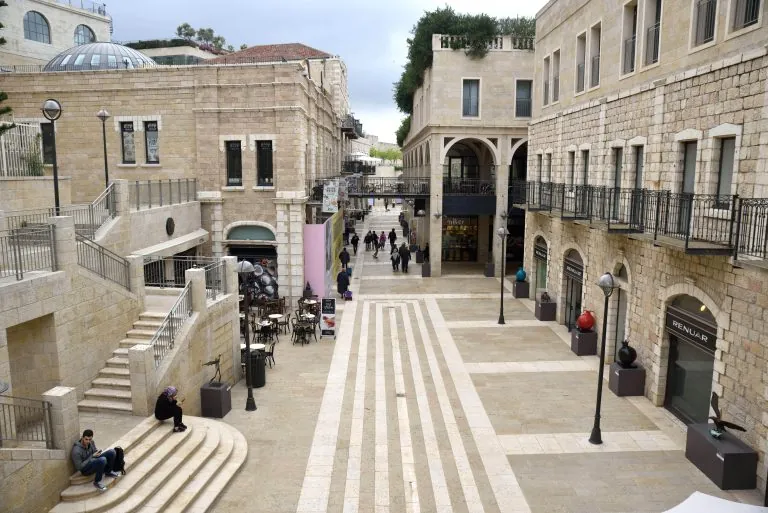The Flower Gate Jerusalem: A Place With Many Names
There are eight gates in the walls of Jerusalem’s Old City. But often, it seems like there are more; that’s because many of them have multiple names. The Flower Gate Jerusalem is no exception to this phenomenon.
The Flower Gate, located at the northeast corner of the walls surrounding the old city is indeed decorated with flower designs carved into its stones. But that is probably not really the source of its name–or at least not the only source.
King Herod, Sheep and a Cemetary: The stories behind this gate’s name
The Flower Gate Jerusalem is among the more modest gates in the city walls, most of which were built in the 16th century. Among the explanations for the name Flower Gate Jerusalem is that this name comes from a misunderstanding of its Arabic name: Bab-al-Sahira, which means Gate of the Watchful, and refers to the nearby cemetery where Muslims who have completed the hajj pilgrimage are buried, and waiting to be resurrected. But this name was then sometimes pronounced as Bab-al-Zahira, which sounds similar to “zahra,” the Arabic word for flower. By the early 20th century, most maps refer to it as the Flower Gate.
In the Middle Ages it also became known as Herod’s Gate, a name still used by some today. That name was given by Christian pilgrims who thought that a nearby church was the palace of Herod the Great. In addition the gate has been called at various points the Sheep Gate, due to the large animal markets that were once held on its plaza.
The Flower Gate Jerusalem Today
As the name Sheep Gate shows, the Flower Gate Jerusalem has a long history as a commercial center in the city. It has also played an important role in the modern economic development of the city. When the city’s Arab residents began moving outside the walls in the late 19th century, many built homes outside this gate. At this time, the gate, which had been closed for a few hundred years, once again opened.
Today the Flower Gate Jerusalem is still one of the main entrances to this neighborhood, which is also part of eastern Jerusalem’s main commercial center. In addition to several hotels and shops, a mall and new commercial center are currently being developed. The Rockefeller Museum, featuring archaeological findings, and the Garden Tomb, where some Christinas believe Jesus’ tomb is located, are also in the vicinity, and both sites are worth visiting.
The Flower Gate Jerusalem is one of eight gates in the city walls. Like many of Jerusalem’s gates, it has many names. The main explanation for why it is called the Flower Gate derives from a mispronunciation of the gate’s Arabic name; but the flowers carved into its stone could also be the reason behind this name.
More Articles:


